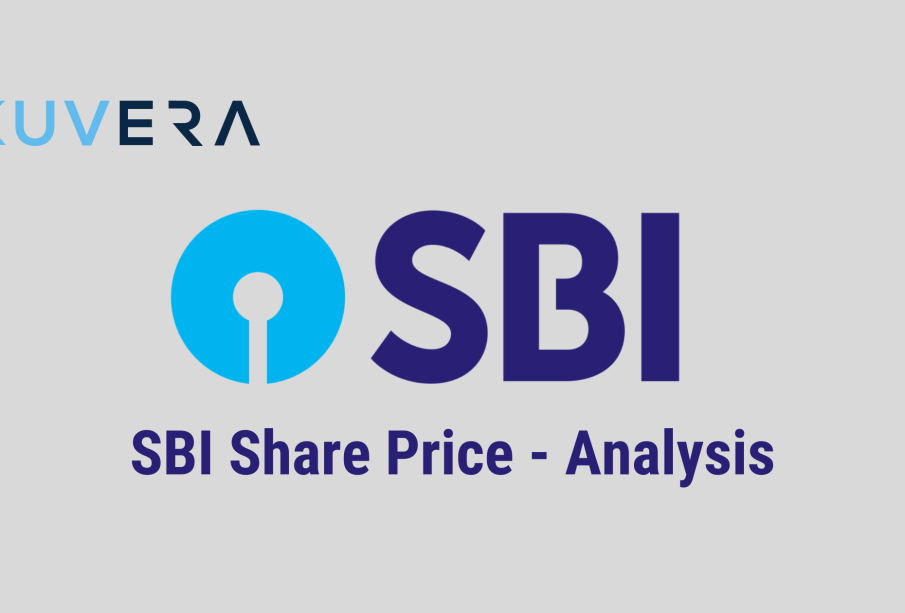Understanding SBI Share Price Trends and Market Impact

Introduction
The State Bank of India (SBI) is the largest public sector bank in India, and its share price is closely watched by investors and analysts alike. Serving nearly 500 million customers, SBI plays a crucial role in the Indian banking sector and is considered a bellwether for the overall economic health of the country. Given its prominence, fluctuations in SBI’s share price can have significant implications for the stock market as well as the broader economy.
Current Price Trends
As of October 2023, SBI’s share price has shown remarkable resilience amid economic uncertainties. The stock was trading around INR 650 per share, reflecting an increase of nearly 10% over the last three months. Analysts attribute this upward trend to strong quarterly earnings reports, improved asset quality, and a strategic focus on digital banking that has resonated well with customers.
Factors Influencing SBI Share Price
Several key factors are influencing SBI’s share price:
- Quarterly Earnings: SBI reported a net profit of INR 12,500 crores for the second quarter of FY 2023-24, a notable year-on-year increase. Analysts predict that sustained profitability will support the share price in the future.
- Interest Rates: The Reserve Bank of India’s stance on interest rates also impacts SBI’s share price. A pause in interest rate hikes could bolster the stock, as it may lead to increased borrowing and loan growth.
- Market Sentiment: Positive sentiment among retail and institutional investors following government reforms, including the Digital India initiative, has led to increased demand for SBI shares.
- Global Economic Conditions: SBI’s performance is also linked to global economic stability. Any turbulence in international markets can indirectly influence its share price.
Future Outlook
Looking ahead, market analysts remain optimistic about the future of SBI’s share price. If the bank continues to innovate and adapt to changing market conditions while maintaining strong financial health, it could potentially surpass its current price levels by the end of the financial year. Investors are encouraged to stay informed about economic indicators, RBI policies, and SBI’s ongoing developments.
Conclusion
The SBI share price remains a significant indicator of the banking sector’s stability and investor confidence in India’s economic growth. As SBI continues to navigate the challenges and opportunities in the banking landscape, its share price trends will be essential not only for shareholders but also for the overall market sentiment.









